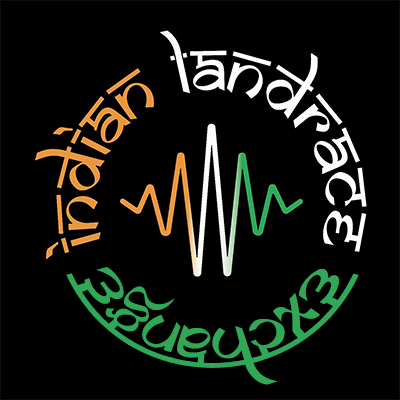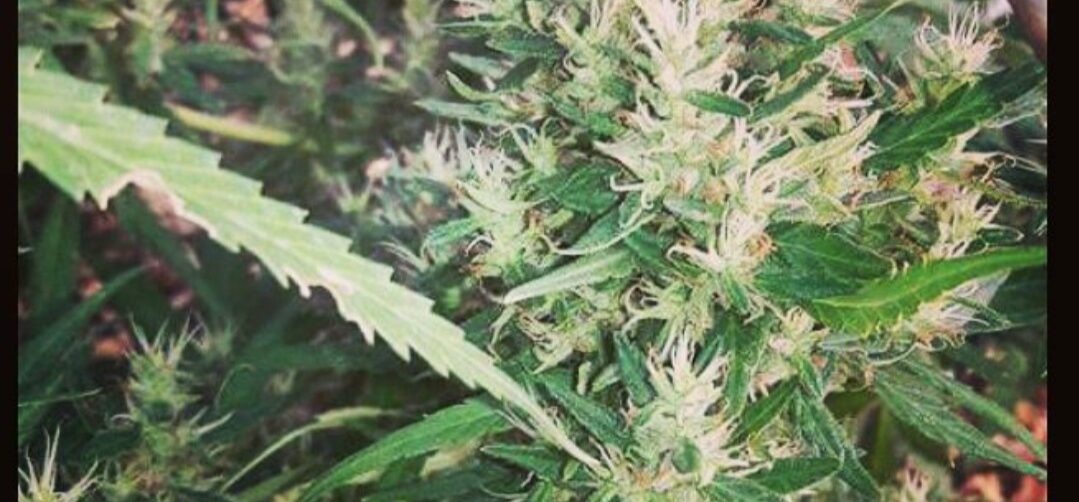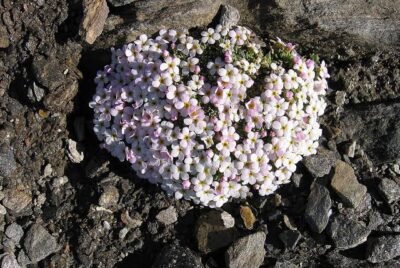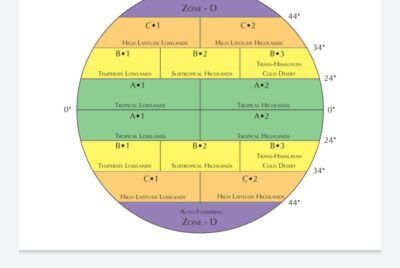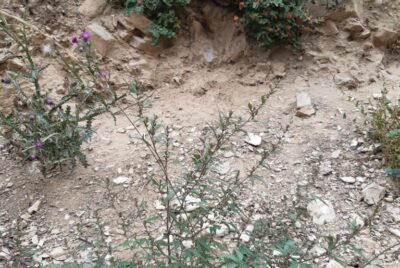During Mid to Late 90’s India was experiencing a cultural upheaval, as the american and european ITEO’s started outsourcing their work to India so much, that for the first time there Were more jobs readily available in service industry, which paid well and gave an opportunity for learning about the western culture more, and we were still in the absence of widespread internet usage and availability.
There were so many ways the country was changing however south and south west and south-east India in particularly saw a wave of (bangalore/pune/mumbai/hyderabad/kolkata) wave of Independently living younger generation (18-30 years) who were not only able to smoke/consume more due to not being watched around 24/7 in a joint family, but even a very small percentage was able to grow their own cannabis while it never rose up to an extensive level as a culture and still struggles to set it’s foot in the middle of continued prohibition in India. Somewhere down the line this cultivar was lost to either Hybridization with other indian cultivar/landrace or a rigorous selection process for shorter flowering strains, set forth by the increased demands of cannabis in the mid-late 90’s.

A couple of years later around the turn of 2000’s, government had become more aware of the cannabis cultivation in the hilly areas of tamil nadu, Andhra pradesh and odisha, as the cannabis seizures ranging from 50 gms to 50 kilo had just about started making it to the news/newspapers. A combined appeal from general public and planned operations by the authorities in the southern India to eradicate cannabis cultivation became one of the Important factors in the displacement of these cannabis regions around Idukki and AOB (andhra-odisha Border). The farmers on the border of kerala adjoining with odisha and andhra pradesh started getting pushed back into the denser forests due to negligence of state government and rise of the naxalites in the outskirts of these states. It was this crucial turn of events when a plethora of tribes morphed into communities that solely grew ganja for living; growing and slowly changing the face of what we know today as sheelavathi. Hukumpeta, Ananthagiri, Paderu, Dumbriguda, Pedabayalu, G Madugula, Munching Puttu and G K Veedhi are the villages known for ganja cultivation and specifically sheelavathi cultivar.
Sometime around 2000’s in the area which is in the anarchic stranglehold of naxalites forces, people had selected/hybridized the cultivar to a point that, everyone could now visibly appreciate the bigger yields and faster finish which still lurked around 14-16 week mark, but 4-6 weeks upperhand in flowering still turned out to be vital in the equatorial region under 12/12 photoperiod and similar growing conditions all year long.
EverSince the cannabis growing tribes receded into the laps of naxalites, the outspread of sheelavathi has been swift. Naxalites groups not only provided safety for the ganja crops but also facilitated paddling of the finished product effectively into more financially established states of india. over a period of time villagers growing ganja understood some finer details of selection i.e. Selecting better looking or yielding/ faster finishing plants for seed stock versus growing from un selected seeds, This new outlook on growing progressively improved ganja crop through Artificial selection gave rise to a chain reaction of improvement that became the backbone of this new phenotype of kerala gold “sheelavathi” named after a local goddess worshipped by farmer population, and rightly so, since this particular strain has hijacked the ganja market in india and has became a steady source of income for naxalite driven areas. As of today sheelavathi stands as one of the most potent and savoured cultivars in india. A lot of different phenotypes of sheelavathi has been reported by different growers however mostly being sativa dominant the bud structure is always fairly dense and harder than Kerala gold or any other equatorial sativa originating from India. The leaves are much darker compared to its predecessors kerala gold or idukki. The most interesting thing about sheelavathi that we ascertained is the novelty of its terpene profile because the moment you come near the plant you can definitely smell wild flowers mixed with spices, but the taste is more inclined towards pine and hashish with undertones of flowers that will leave your senses charmed. sheelavathi has been crowned as one of the most beloved strains of india in a very short time and reasons, well; the effects – Its a double decker effect and potency coupled with the calming serenity/relaxation which creates a perfectly balanced high.

Now-. Sheelavathi has taken over the cannabis market in southern India and is currently sweeping Northern India in the ganja wave giving a head on competition to the North Indian Hash regions. Even though marijuana plant is thought to be native to himalayas/Central Asia, one can never undermine the phenomenal expansion/hybridization/preservation of genetics done by the west, and we believe that Sheelavathi as a variety also deserves a keen interest from breeders across the globe to bring out the best of its qualities to benefit one and all.
The complex make up of the south Indian long flowering sativas yearns for a detailed study and an in depth analysis of its terpenes as much of it remains unknown to this date. and the question of course is, could sheelavathi the 3rd generation of Idukki Gold holds the key for an entire line of new genetics to revolutionize the world of cannabis.
